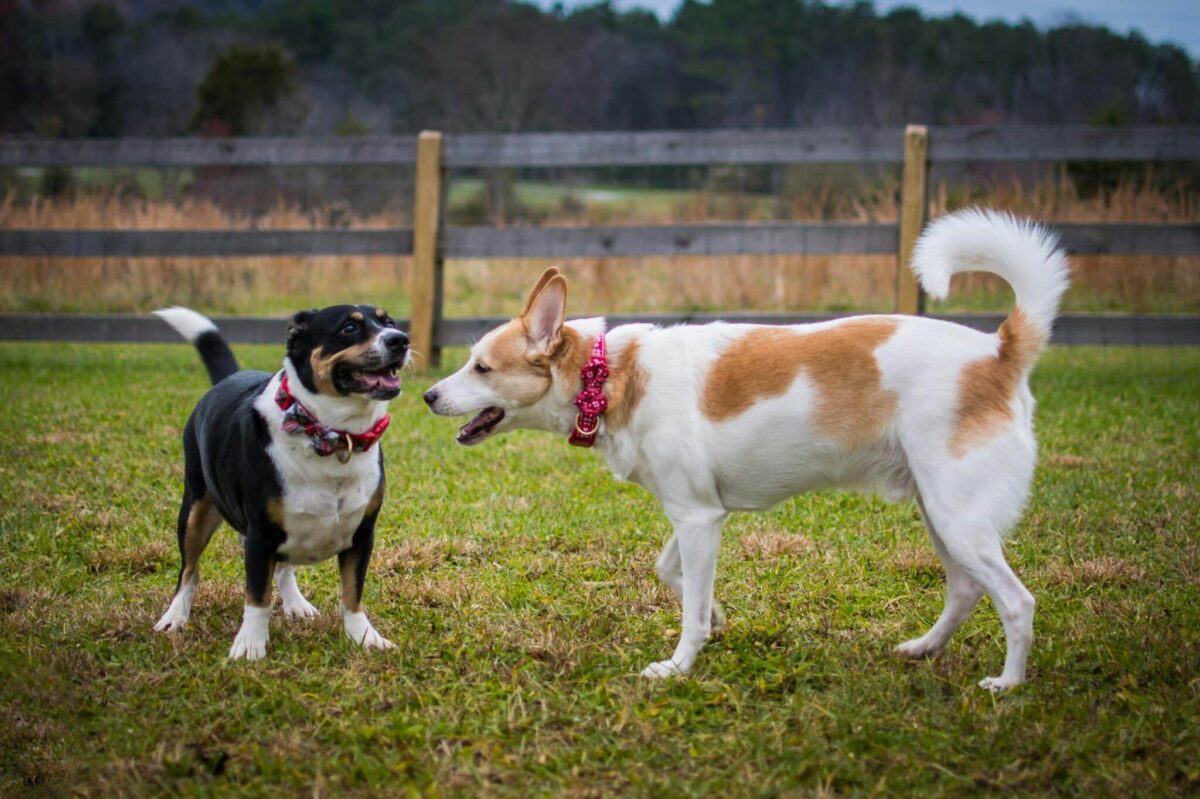
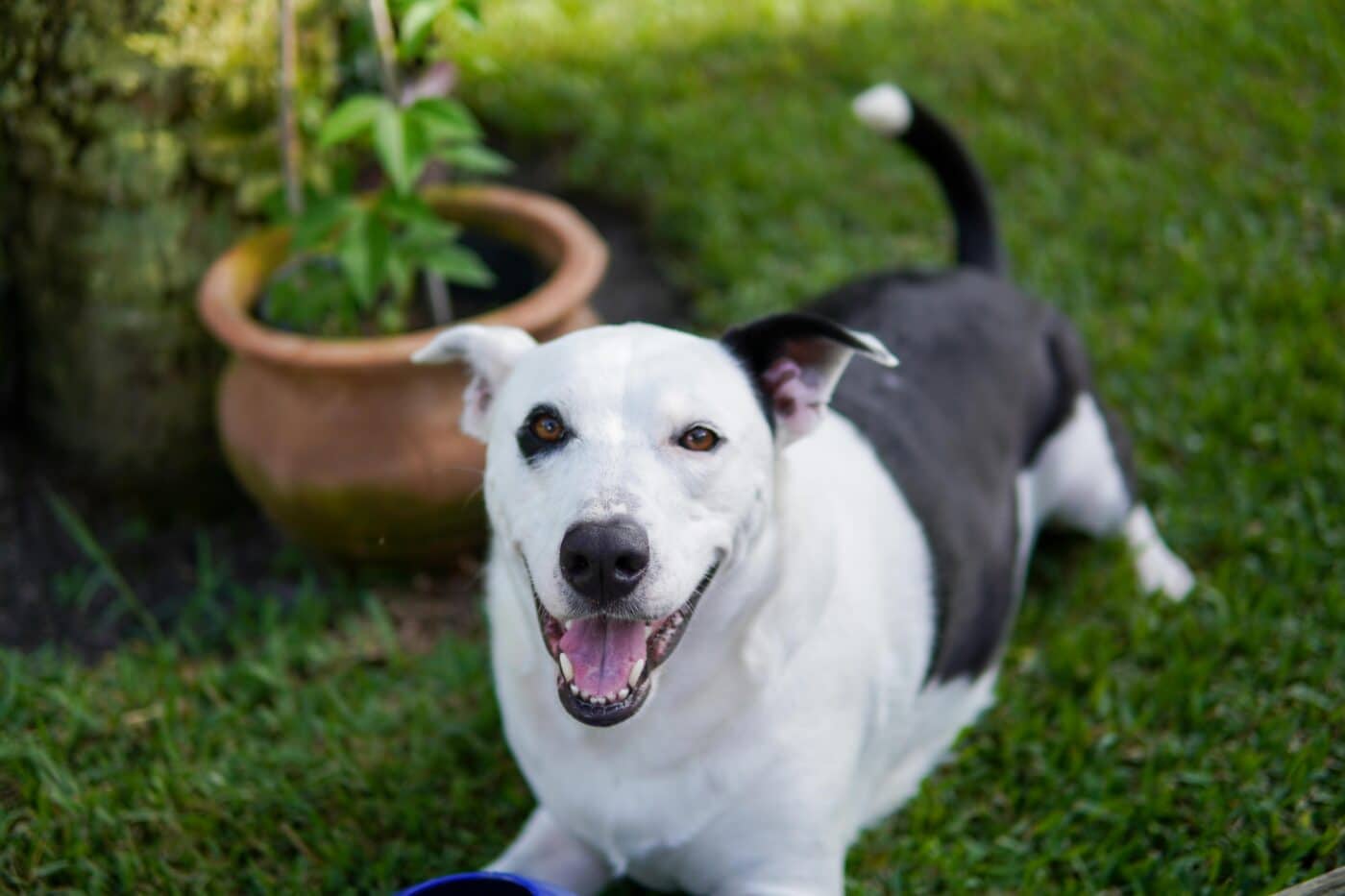 Shutterstock
Shutterstock
When we see a dog wagging its tail, we often assume it’s a sign of happiness or excitement, but tail wagging communicates much more. Dogs use their tails to express a range of emotions, and the wag’s speed, direction, and position can indicate feelings such as fear, anxiety, aggression, or uncertainty. Understanding these subtleties provides valuable insight into your dog’s emotional state. Whether a slow wag, a high and stiff tail, or a wag to the left, each movement tells a unique story about your dog’s feelings.
The Direction of the Wag
 Shutterstock
Shutterstock
Believe it or not, your dog’s tail’s direction can indicate different emotions. Research has shown that when a dog wags its tail to the right, it is more likely to experience positive feelings, such as excitement or friendliness. On the other hand, a tail wagging to the left may indicate that your dog is feeling anxious, uncertain, or cautious. This subtle difference in tail wagging direction is rooted in the brain’s hemispheric functions, where the left brain controls positive emotions and the right brain processes more negative or cautious feelings. So, if you notice your dog wagging to the left, it might be time to check if something is making them uncomfortable.
Fast and Loose Wags vs. Slow and Stiff Wags
 Shutterstock
Shutterstock
The speed and stiffness of a dog’s tail wag can also tell you a lot about their mood. A fast, loose wag often indicates happiness and excitement—this is the classic “happy dog” wag we associate with joy, particularly when greeting a favorite human or anticipating a fun activity. In contrast, a slow, stiff wag can indicate tension or uncertainty. Dogs may exhibit this behavior when unsure about a new situation, feeling threatened, or assessing whether to approach or retreat. Owners need to recognize that not all tail wagging is friendly; sometimes, it’s a sign that your dog is nervous or on high alert.
Tail Height and Confidence Levels
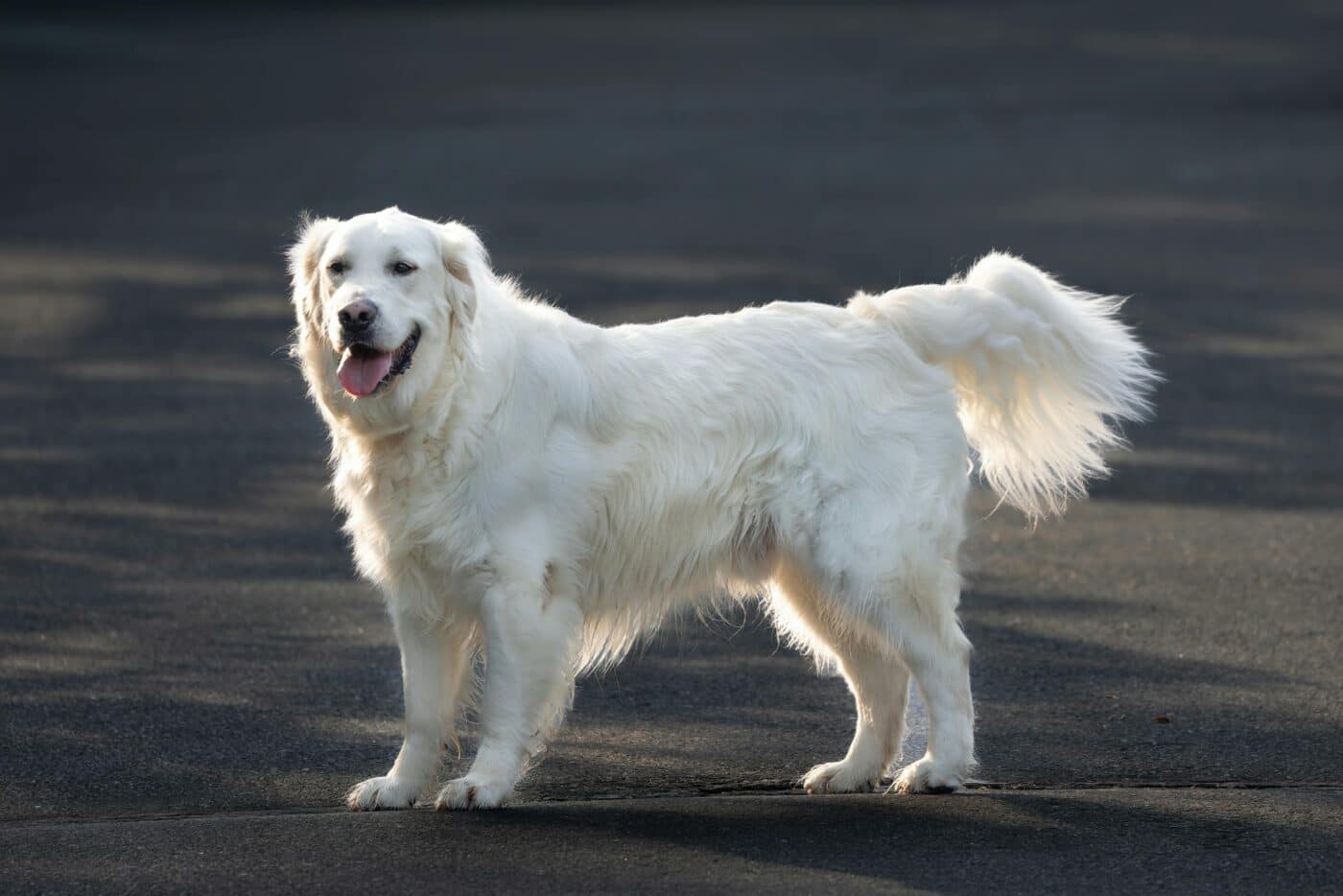 Shutterstock
Shutterstock
The height of your dog’s tail can also indicate how confident or comfortable they are in a given situation. A high, erect tail typically signals that your dog feels confident, assertive, or dominant. Dogs in this state are usually alert and in control of their environment, but it can also indicate that they’re about to engage in a challenge or show signs of aggression if they feel threatened. Conversely, a tail held low or tucked between the legs signals fear, submission, or insecurity. Understanding tail height can help you assess whether your dog feels empowered or needs reassurance.
The Subtle Art of the “Half-Wag”
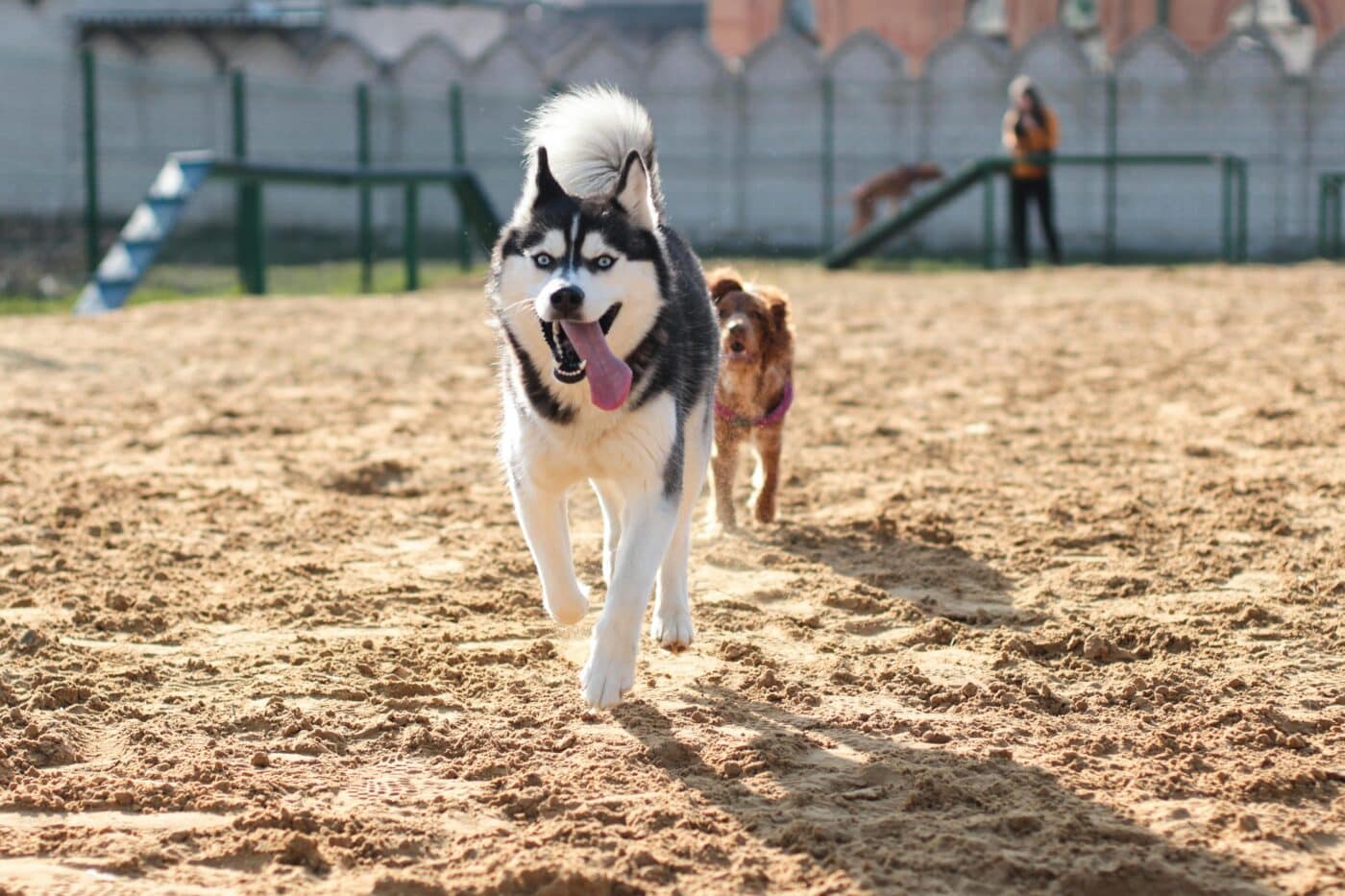 Shutterstock
Shutterstock
The “half-wag” is a more reserved form of tail wagging that usually occurs when a dog is uncertain or unsure about a situation. You might notice this type of wag when your dog meets a new person or another dog and is trying to assess whether they’re friendly. The half-wag can also appear when your dog is seeking reassurance from you. This is not a full display of joy but rather a cautious attempt to feel the situation. Owners should interpret this as a sign that their dog is still deciding how to respond and may need time to feel comfortable.
Wagging and Aggression
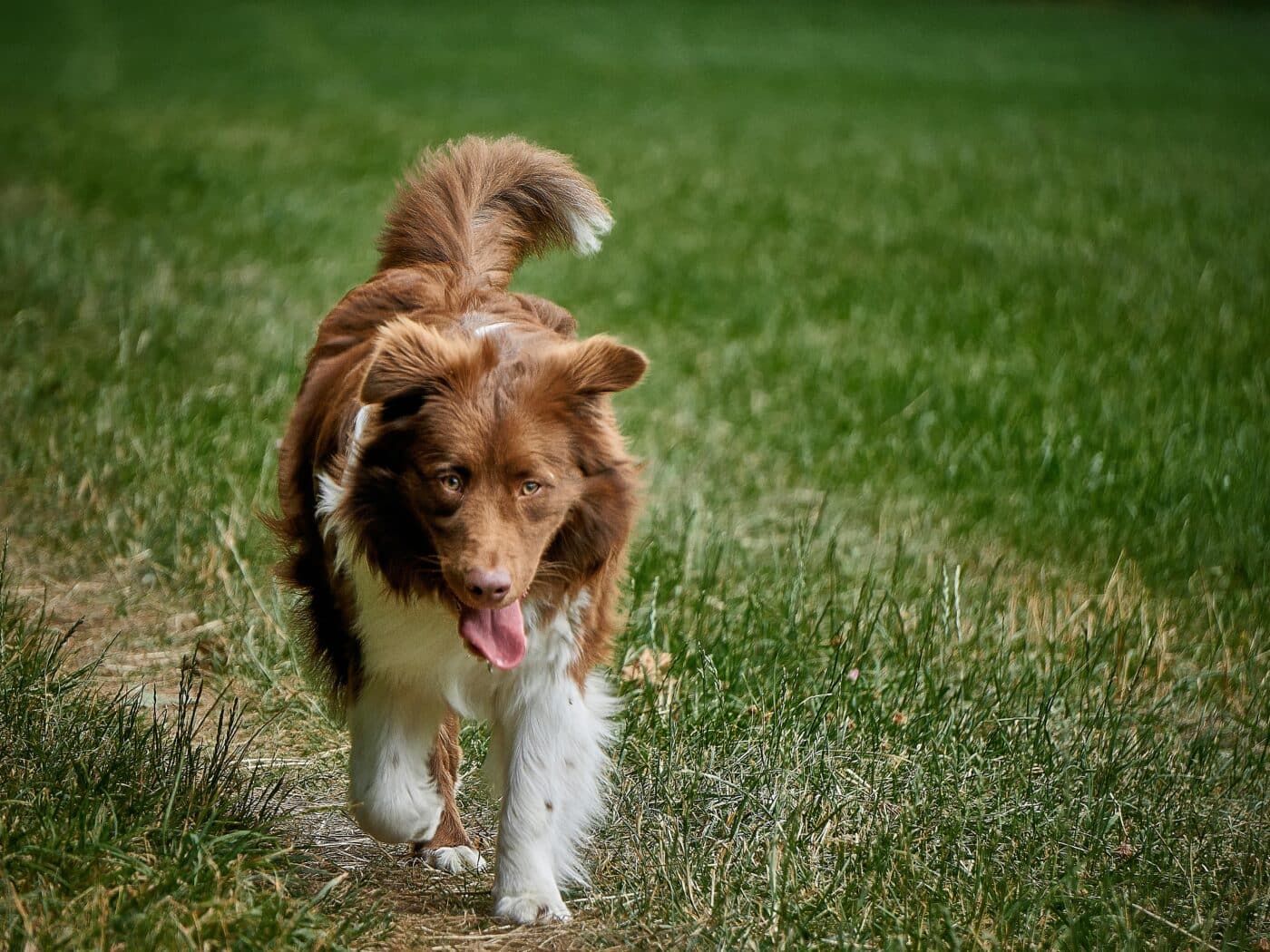 Shutterstock
Shutterstock
One of the most misunderstood aspects of tail wagging is that it can signal aggression. A wagging tail doesn’t always mean a dog is friendly. In fact, dogs preparing to act aggressively may wag their tails. The key difference is that aggressive tail wags are often stiff, held high, and accompanied by other warning signs such as growling, bared teeth, or a rigid body stance. This type of wag can signal that a dog is on edge and ready to defend itself or its territory. Paying close attention to the entire body language, not just the wagging tail is crucial to avoid misreading aggressive signals.
The Relaxed, Side-to-Side Wag
 Shutterstock
Shutterstock
A classic relaxed, side-to-side wag, often involving the whole body, is a true sign of contentment and friendliness. You’ll see This kind of wag when your dog is completely comfortable and happy, whether greeting you after a long day or playing with a favorite toy. This full-body wag is usually a reliable indication that your dog is experiencing positive emotions and feels safe and secure in their environment. Dogs that exhibit this type of wag are happy and express trust and affection toward the people or dogs around them.
When Tail Wagging Signals Submission
 Shutterstock
Shutterstock
A dog wagging its tail while holding it low or between its legs often signals submission or fear. This kind of tail wag can be seen when a dog is in the presence of a more dominant animal or a person they perceive as being in control. It can also happen during stressful situations, such as a visit to the vet or when they’ve been scolded for bad behavior. In these cases, the wag is more about appeasement than joy. The dog signals they aren’t a threat and seeks to avoid conflict. Understanding this type of wag helps owners address their dog’s fear or insecurity and provide comfort and reassurance.
The Full-Body Wag of Pure Joy
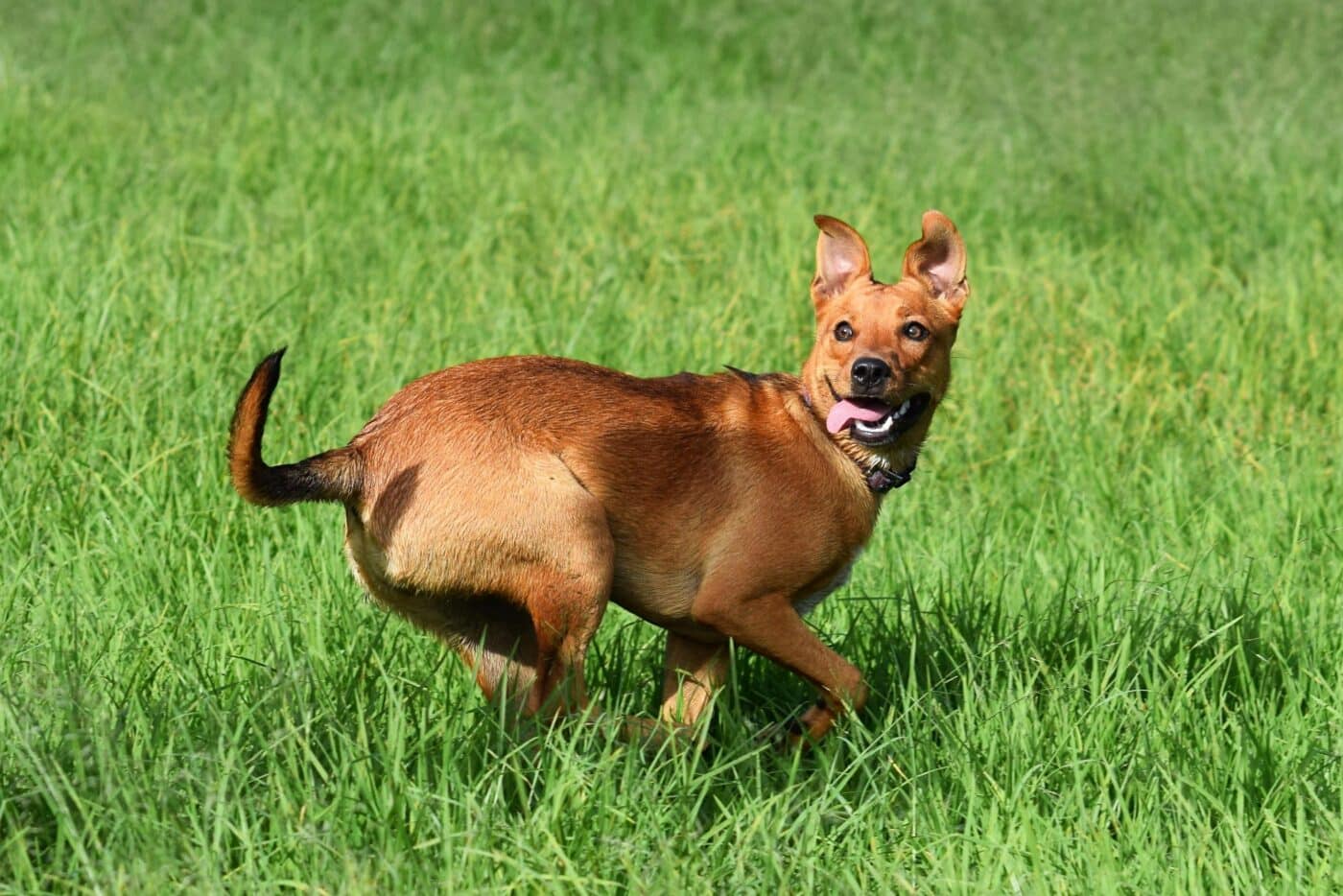 Shutterstock
Shutterstock
Some dogs are so exuberant that their entire bodies move when they wag their tails. This full-body wag is a joyous expression and is most often seen when dogs are thrilled to see someone they love or are about to engage in a favorite activity, like going for a walk or playing fetch. In these moments, the dog’s tail wags so enthusiastically that it takes over their whole body, showing their pure happiness. Dogs that do this are often the life of the party, spreading joy wherever they go, and their full-body wag is a surefire sign that they’re loving life.
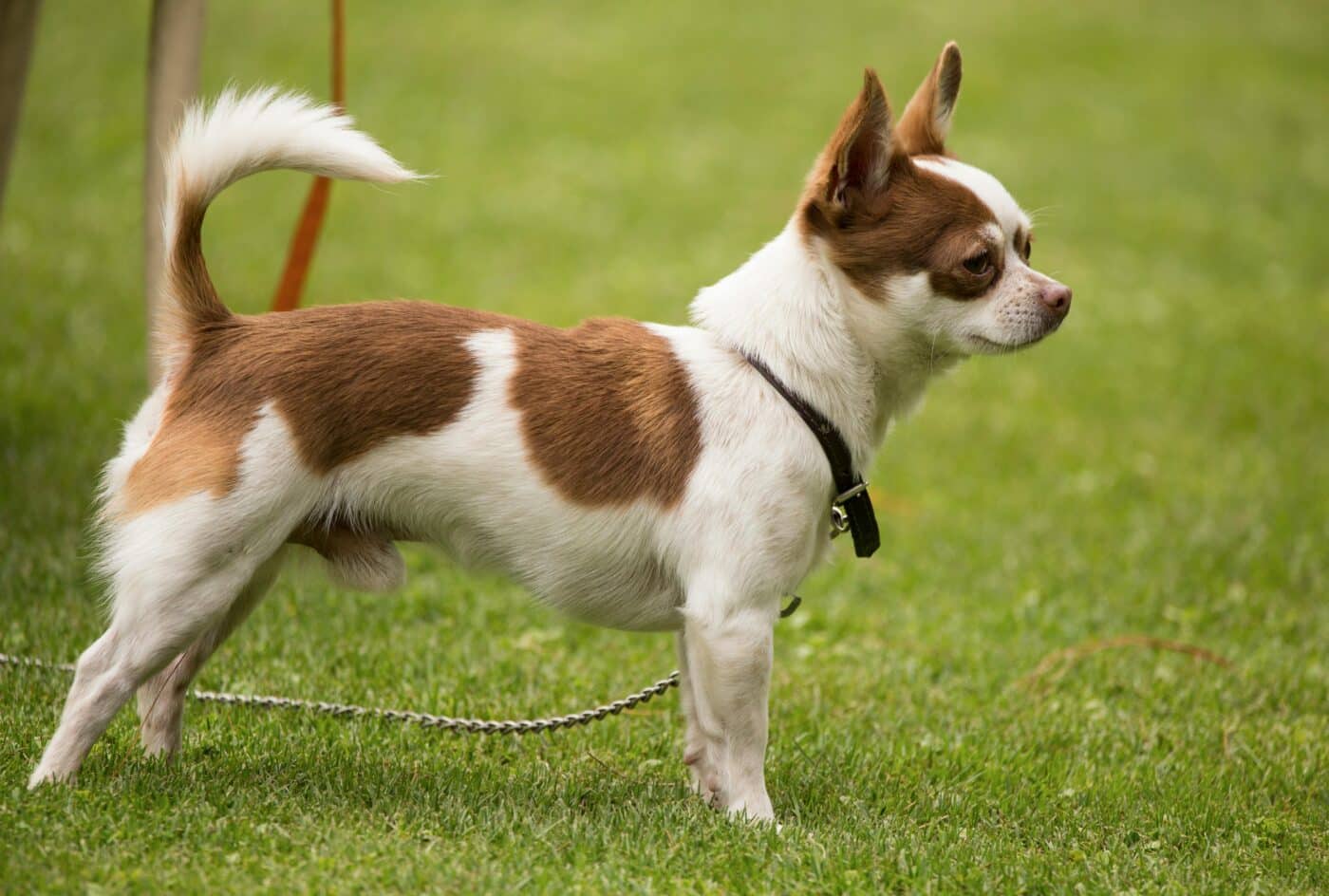 Shutterstock
Shutterstock
Dogs don’t just use their tails to communicate with humans—they also use them to communicate with other dogs. When dogs interact, they often read each other’s body language, including tail wagging, to assess intent. A confident dog may hold its tail high and wag slowly to assert dominance, while a submissive dog may wag its tail low to signal peaceful intentions. Dogs that are unsure about each other may engage in subtle wags as they figure out the social dynamics. Understanding how your dog uses its tail in interactions with other dogs can help you manage social situations and prevent conflicts.
Different Breeds, Different Wags
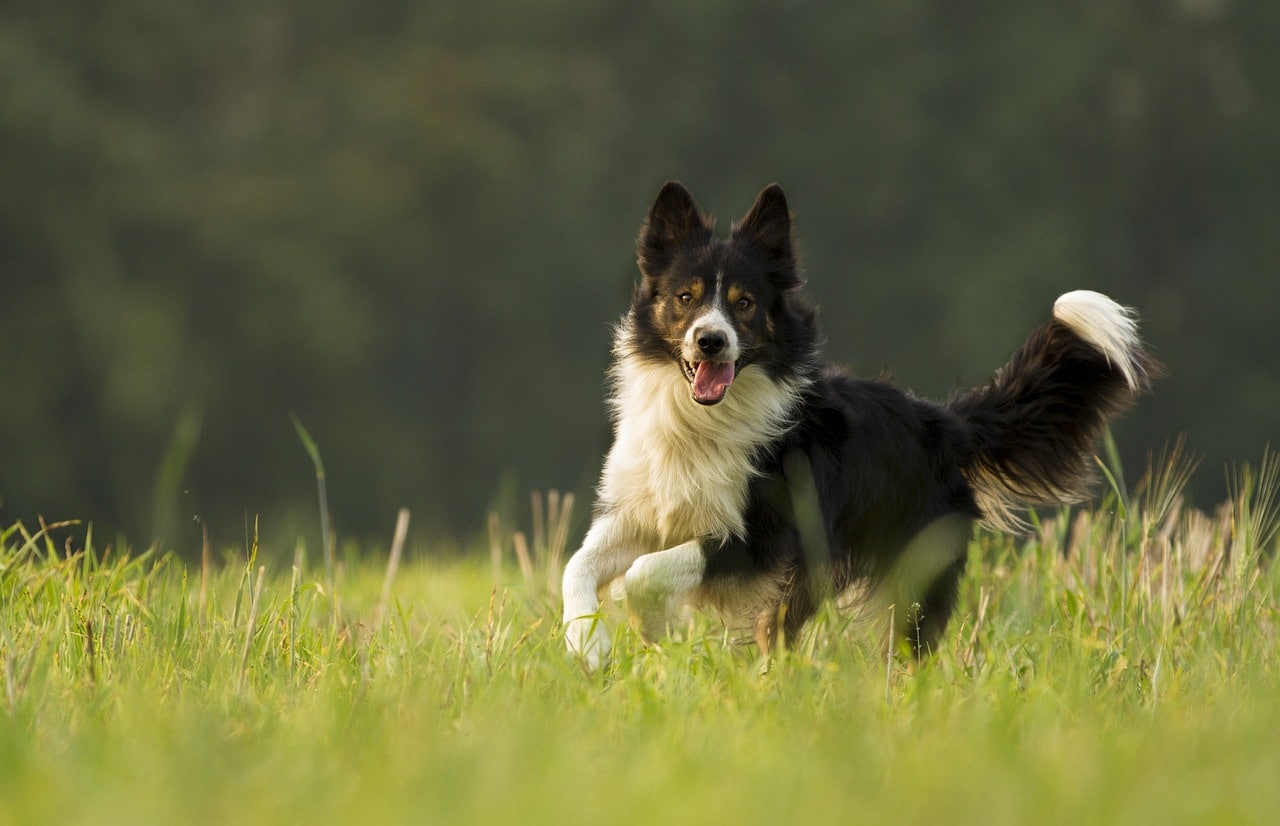 Shutterstock
Shutterstock
Not all tail wags are created equal, and different breeds may wag their tails uniquely based on their body structure. For example, breeds like Bulldogs or Pugs, with shorter tails, may show their emotions differently than dogs with long, flowing tails like Golden Retrievers or Border Collies. Similarly, breeds like the Shiba Inu have curled tails, which may make it harder to read subtle tail movements. If your dog has a tail that doesn’t wag in the traditional sense, look for other body language clues, such as their posture, ears, and overall behavior, to better understand their emotions.
When the Wag Is a Sign of Pain
 Shutterstock
Shutterstock
Sometimes, tail wagging—or lacking it—can signal that something is physically wrong with your dog. If your dog is usually a happy wag but suddenly stops wagging or holds its tail differently, it could be a sign of injury or pain. Conditions like “limber tail syndrome,” a temporary but painful condition affecting a dog’s tail, can cause them to avoid wagging altogether. If your dog’s tail behavior changes abruptly and is accompanied by signs of discomfort or lethargy, it’s important to consult a vet to rule out any medical issues.
The Tail-End of the Tale
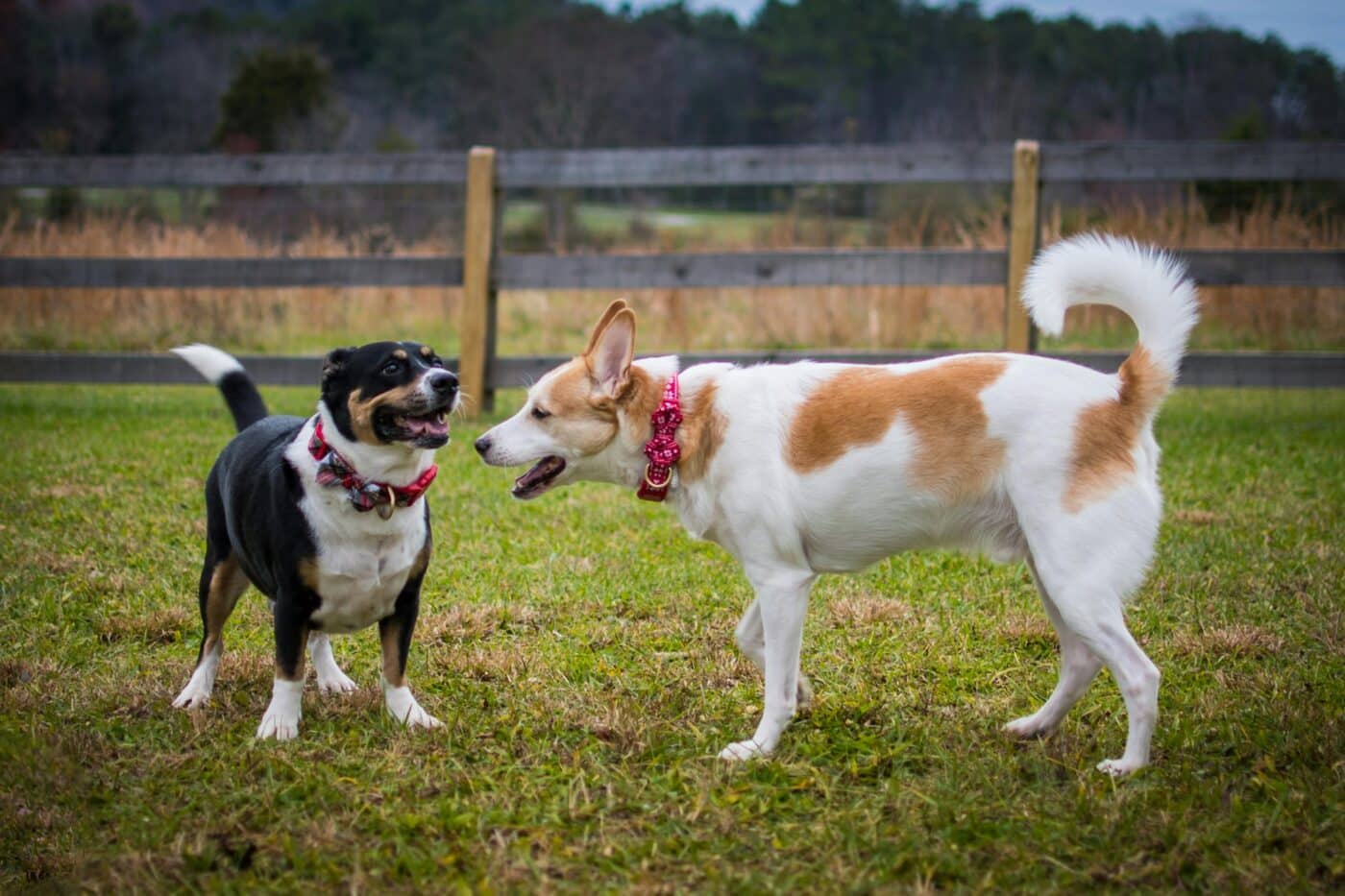 Shutterstock
Shutterstock
Your dog’s tail is a powerful tool for communication, conveying much more than just happiness. A dog’s tail expresses various emotions, from joy and excitement to fear, anxiety, and aggression. By paying attention to the wag’s speed, direction, height, and overall body language, you can better understand what your dog is feeling. Reading these cues helps deepen your bond with your dog and ensures you’re interpreting their emotions accurately. After all, a wag is your dog’s way of talking to you!
Discover more from reviewer4you.com
Subscribe to get the latest posts to your email.





